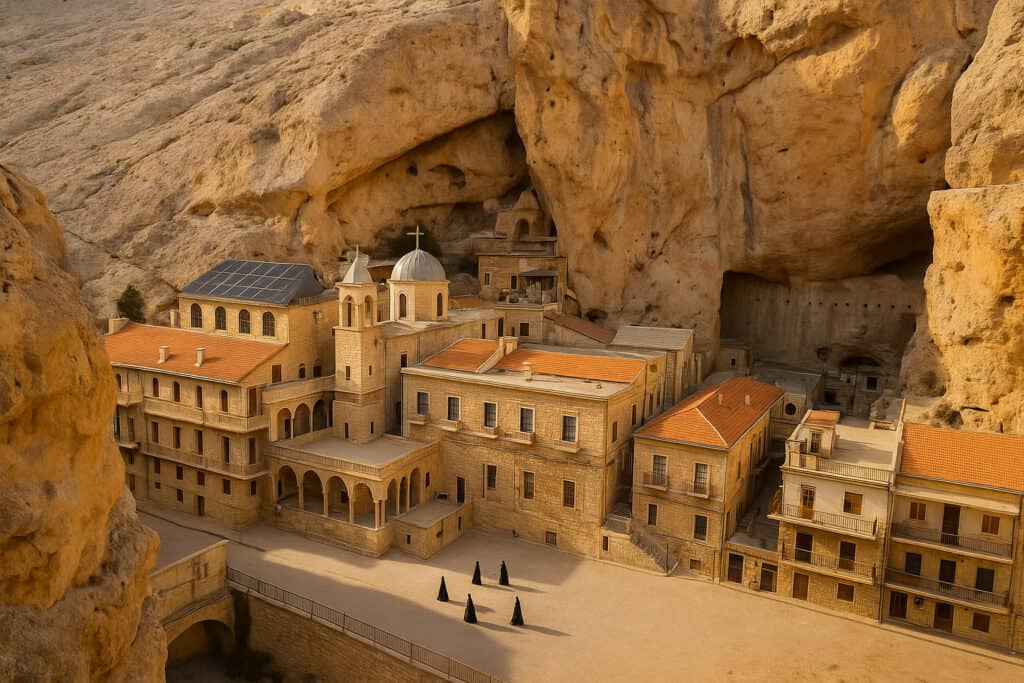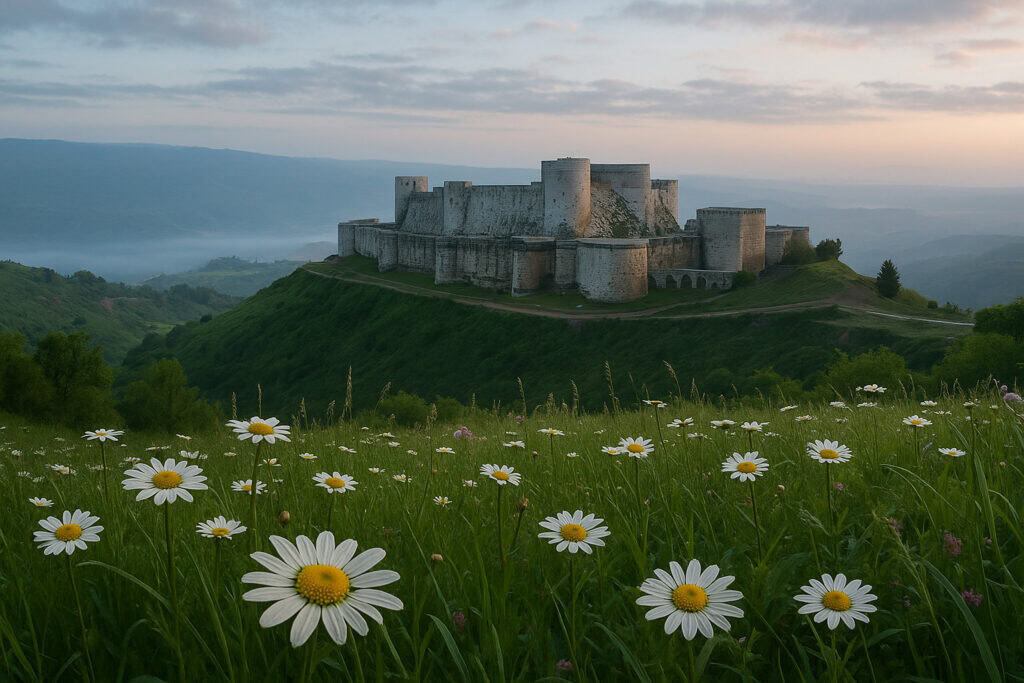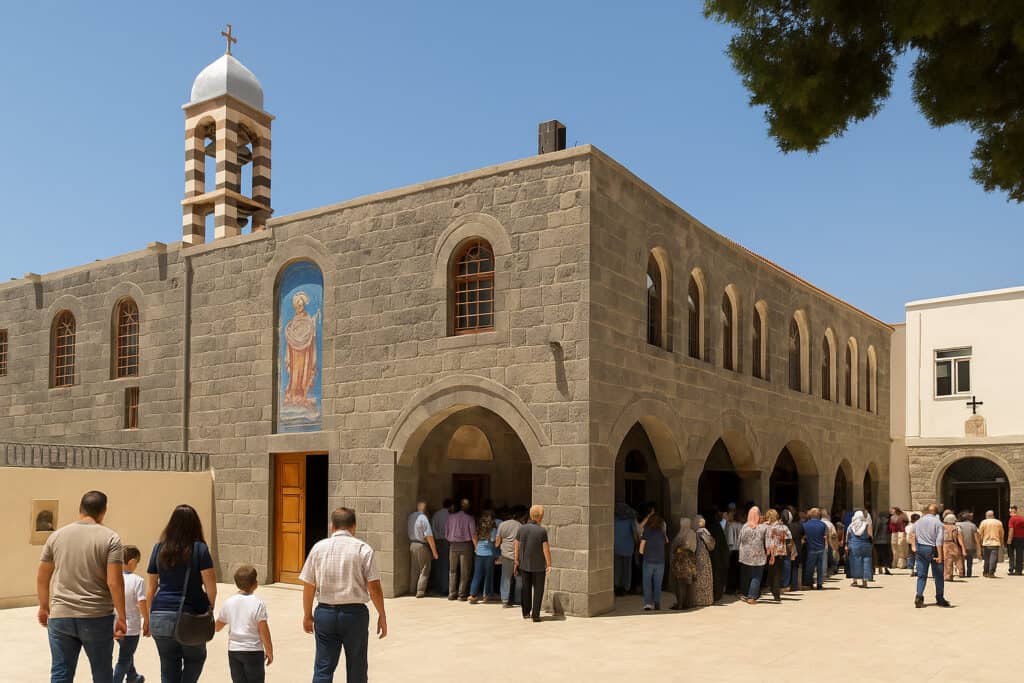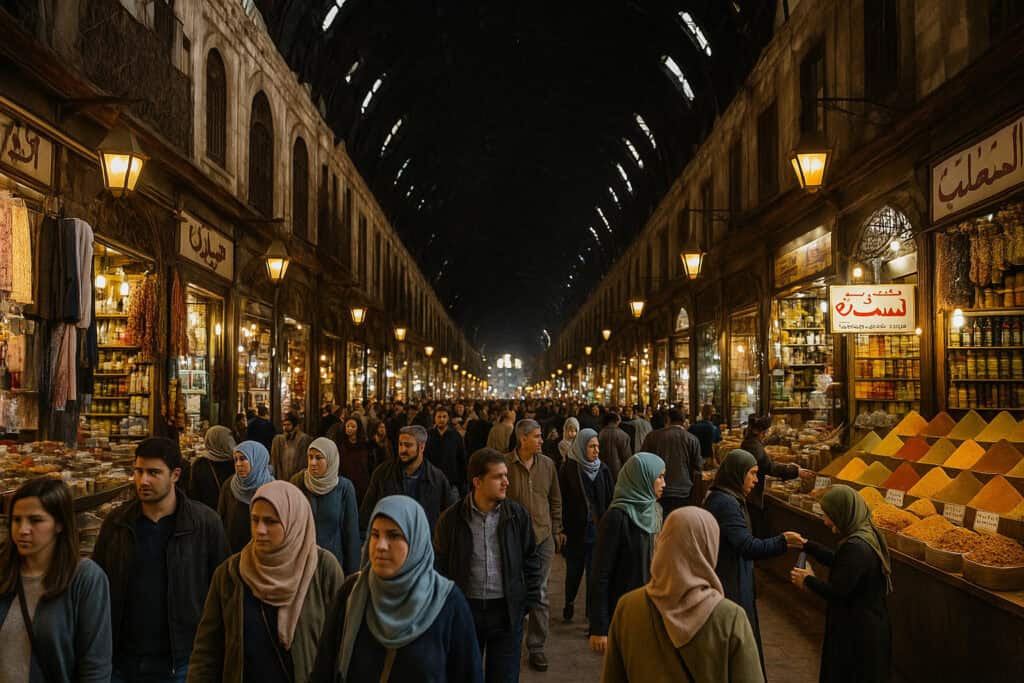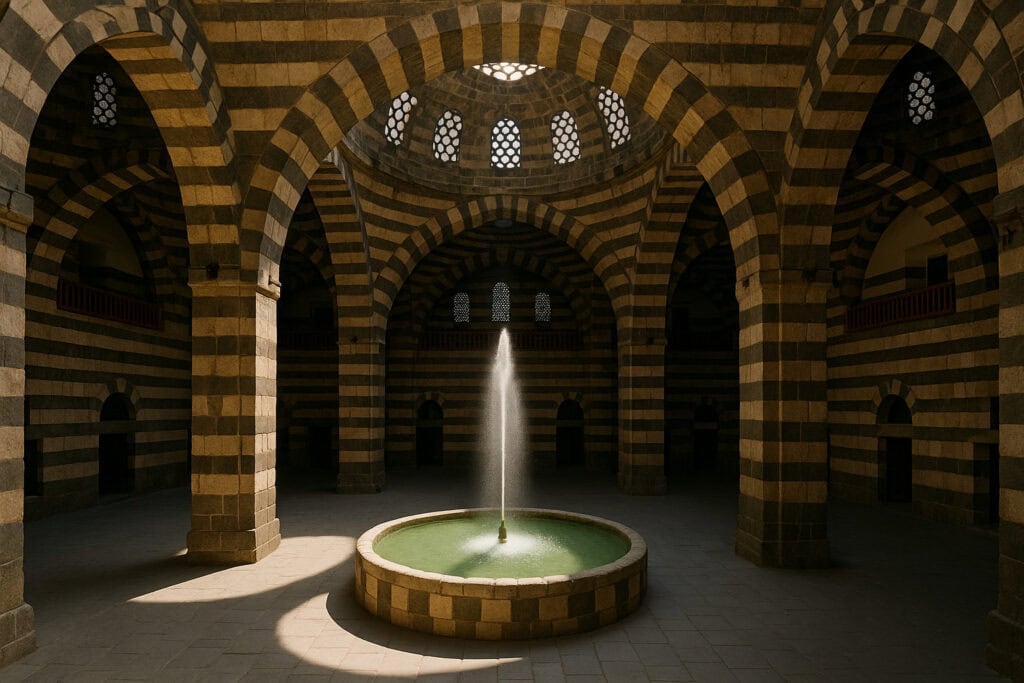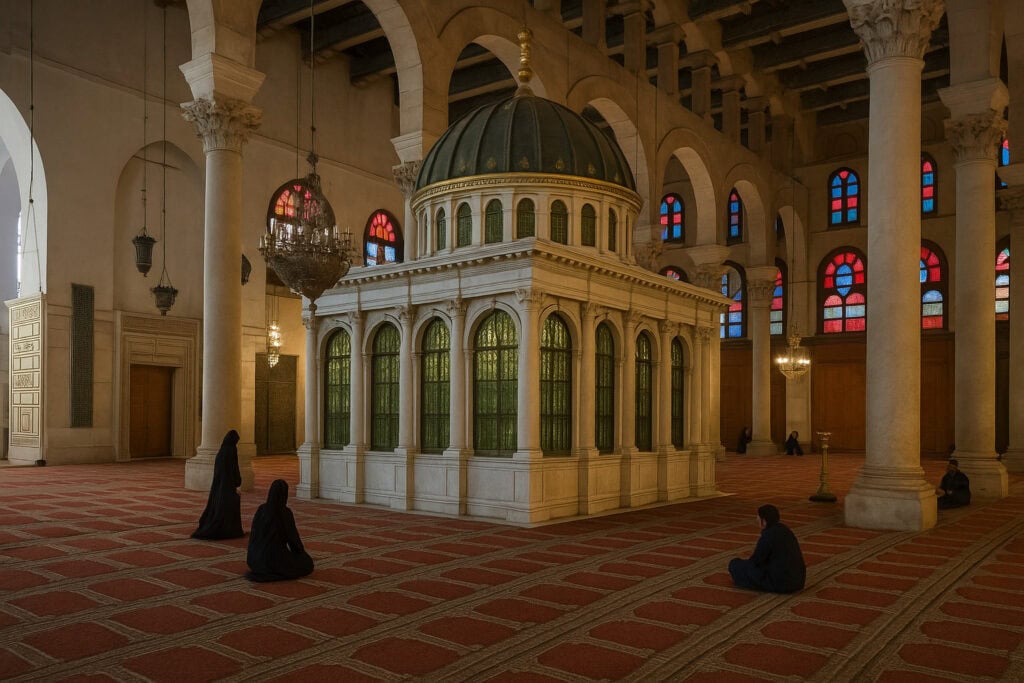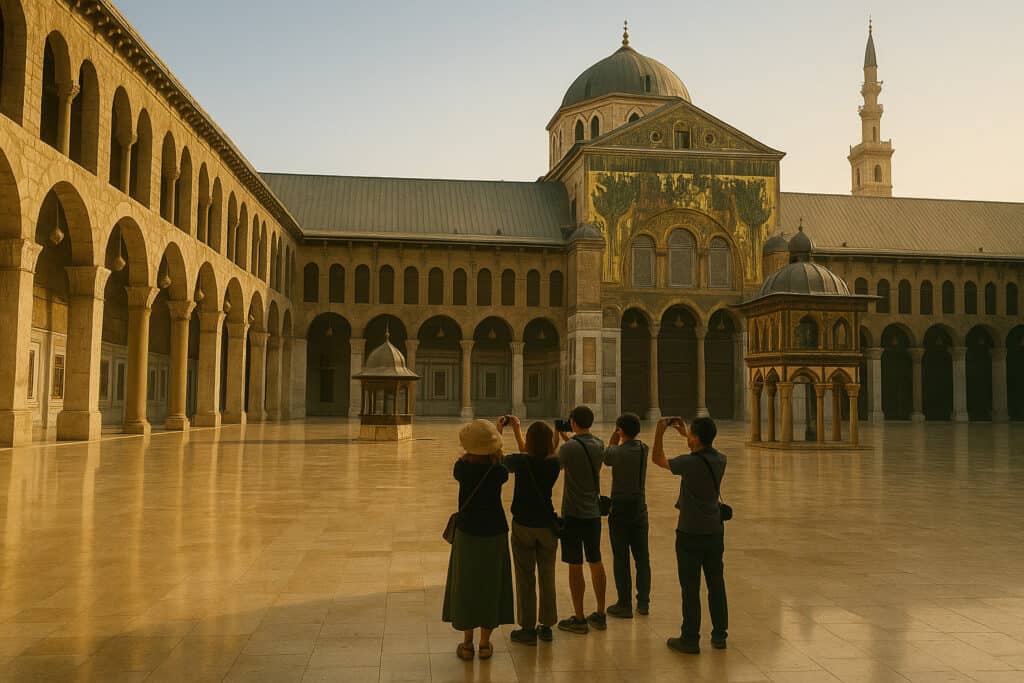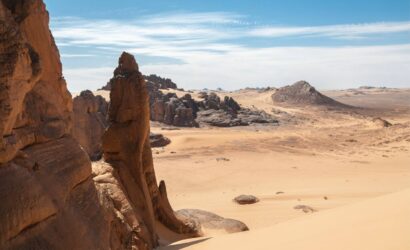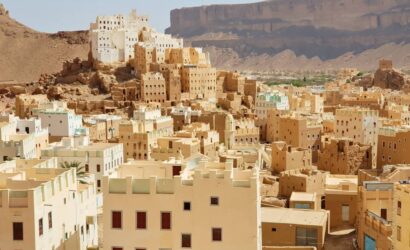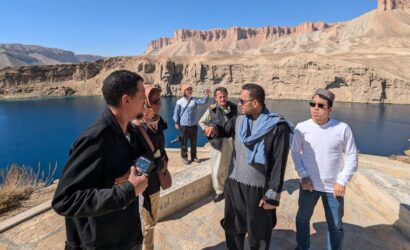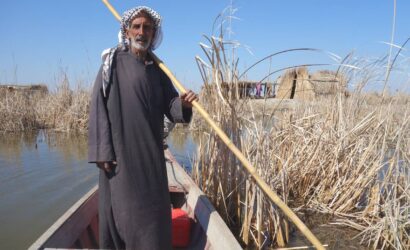A powerful combination of Islamic, Christian, and Crusader landmarks across central and western Syria—starting and ending in Beirut.
This concise 3-day itinerary offers an efficient overland visit to Syria’s most historically significant sites. Combining Islamic, Christian, and Crusader landmarks, the tour starts and ends in Beirut and is ideal for travelers seeking cultural depth within a short timeframe.
⭐ Top 5 Highlights of the Tour:
- Visit Krak des Chevaliers, the most iconic Crusader fortress in the Levant.
- Witness Aramaic still spoken in Maaloula and explore its cliffside churches and gorge.
- Tour the heart of Damascus, from the Umayyad Mosque to Ottoman caravanserais.
- Blend Roman, Christian, and Islamic legacies within a 3-day circuit.
- Gain insight into real post-conflict access and restoration efforts.
Itinerary:
- Day 1 » 7am Beirut Morning pick-up » 9am Syrian Border » 11am Hotel check-in » 12pm Damascus (National Museum, Takiyya Suleimaniah, Khan Assad Basha Caravanserai, Al Azem Palace, Umayyad Mosque, Al-Hamidiyeh Souq)
- Day 2 » Damascus » Maaloula (Church of Saints Sergios and Bacchos, Eastern Gorge hike, Saint Thecla Convent) » Homs (Um Al Zenar Church) » Krak des Chevaliers » Damascus
- Day 3 » 8am Damascus departure » 9am Syrian Border » 12pm Beirut Drop-off
3-day Syria tour with Krak des Chevaliers Maaloula Damascus
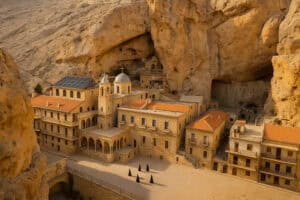
3-day Syria tour from Beirut Lebanon + English speaking guide + Airport Transfers + Tourist VISA number + Easy border crossing. Visit Krak Maaloula Damascus.
Product SKU: SYR3-1/BEY/BEY
Product Brand: RJ Travel - Tour Operator
Product Price: 540
Product In-Stock: InStock
5
-
Beirut
-
Beirut
-
3-star hotels
-
SUV or car
-
Included
-
Included
-
Damascus, Krak des Chevaliers, Maaloula
3-day Syria itinerary
Depart Beirut at 7:00 am and travel to the Syrian border, arriving around 9:00 am for immigration formalities. Upon entering Syria, continue to Damascus and check in at your hotel around 11:00 am. Begin exploring the city at noon with a structured introduction to its historical core.
Visit the National Museum of Damascus, showcasing artifacts from Palmyra, Ugarit, and other major Syrian archaeological sites. Continue to Takiyya Suleimaniah, a 16th-century Ottoman complex combining mosque and market functions. Explore the Khan Assad Basha Caravanserai—built in 1751—then move to the Al Azem Palace, an 18th-century Ottoman governor’s residence. Conclude the afternoon at the Umayyad Mosque, constructed on ancient Roman and Byzantine foundations, and finish with a walk through the Al-Hamidiyeh Souq.
This day introduces Damascus as a layered capital, where ancient trade, religion, and governance coexisted.
Travel Distance & Time: Approx. 120 km – 3 hours (including border procedures)
Historical Context:
- Umayyad Mosque: Built in 715 CE by Caliph Al-Walid I on the site of a Roman temple and a Christian basilica.
- Khan Assad Basha: Served traveling merchants along regional caravan routes.
Curiosities & Local Facts:
- Takiyya Suleimaniah was one of the earliest Ottoman religious institutions in Damascus.
- The Al Azem Palace's layout reflects traditional Syrian residential architecture, with a courtyard and fountain.
5 Key Highlights:
- Entry into Syria and hotel check-in
- Damascus National Museum visit
- Khan Assad Basha Caravanserai and Ottoman Takiyya
- Al Azem Palace tour
- Umayyad Mosque and Al-Hamidiyeh Souq
Important for you:
Introduction to Syria’s Islamic and Ottoman legacy, Roman-Christian urban foundations, museum antiquities
After breakfast, leave Damascus and drive to the mountain village of Maaloula, where Aramaic is still spoken. Visit the Church of Saints Sergios and Bacchos, partially carved into the rock, and walk through the narrow Eastern Gorge associated with the legend of Saint Thecla. End the visit at the Saint Thecla Convent.
Continue south to Homs for a brief visit to the Um Al-Zenar Church, known for housing a relic of the Virgin Mary’s belt. From there, head west to Krak des Chevaliers, the most intact Crusader castle in the Middle East. Explore its outer walls, watchtowers, Gothic chapel, and vaulted inner halls before returning to Damascus by evening.
This day ties early Christianity, medieval Crusader defense, and Syrian geography into one coherent route.
Travel Distance & Time: Approx. 370 km – 6.5 hours drive
Historical Context:
- Maaloula churches: Among the oldest Christian structures in Syria, dating to the 4th–6th centuries CE.
- Krak des Chevaliers: Controlled by the Knights Hospitaller from 1142 until it was captured by the Mamluks in 1271.
Curiosities & Local Facts:
- Aramaic, once the lingua franca of the region, is still spoken in liturgy in Maaloula.
- Krak’s double wall system made it nearly impregnable for over a century.
5 Key Highlights:
- Aramaic-speaking Christian village of Maaloula
- Gorge hike and Thecla pilgrimage site
- Visit to relic church in Homs
- Full exploration of Krak des Chevaliers
- Return to Damascus for overnight
Important for you:
Living Christian heritage, Crusader fortress architecture, diverse religious history in one day
Check out after breakfast and depart Damascus at 8:00 am. Arrive at the Syrian–Lebanese border by 9:00 am for exit procedures, then continue to Beirut, arriving around 12:00 pm.
This final stretch concludes a focused journey through Syria’s major religious, architectural, and historical landmarks.
Travel Distance & Time: Approx. 120 km – 3 hours (including border procedures)
5 Key Highlights:
- Departure from Damascus
- Border crossing back into Lebanon
- Scenic mountain drive
- Arrival in Beirut
- End of services
Important for you:
Beirut return coordination, border logistics, compact itinerary closure

